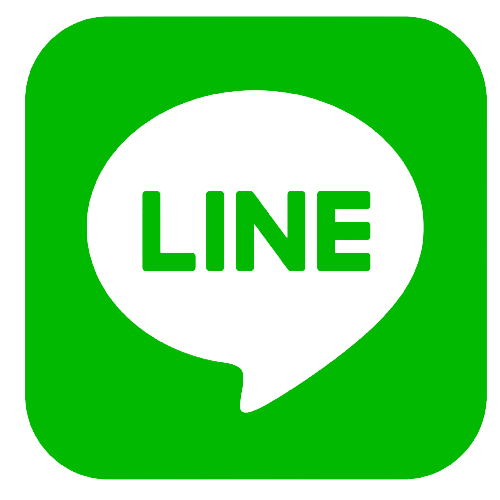Polyurethane rubberUrethane Rubber Sheet (Ti-Prene Sheet)
Polyurethane rubberUrethane Rubber Sheet (Ti-Prene Sheet)
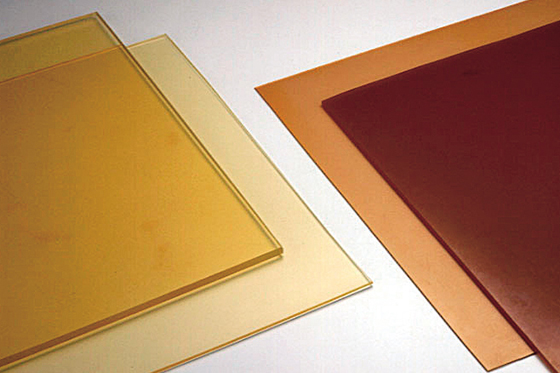
| Function | ・ Mechanical Strength ・ Impact Resilience ・ Abrasion Resistance ・ Ozone Resistance ・ Oil Resistance |
|---|
About Urethane Rubber Sheet (Ti-Prene Sheet)
Rubber-like elastic bodies obtained by the reaction of polyester or polyether with isocyanate are collectively called urethane rubber. Ti-Prene® is a trademark of our urethane rubber.
Features
Mechanical Strength: Due to its chemical structure, it has a strong secondary bond between molecules, so it has the highest strength among elastic bodies, and because of its high modulus, it is to be less deformed and can withstand heavy loads even with small objects. Due to its high hardness and high elongation, it is to be less susceptible to damage due to impact.
Abrasion Resistance: It has more than 10 times more abrasion resistance than natural rubber. It is to be superior to metal in some conditions of use.
Oil Resistance: It has excellent resistance to most oils, including petroleum-based oils. Especially excellent for mineral oil (only for use at room temperature).
Heat Resistance: The using limit temperature is 70 ° C. Avoid using continuously at 70 ° C or more.
Cold Resistance: It has rubber elasticity and mechanical strength even at -25 ° C or less.
Water Resistance: Please avoid using it in a hot and humid environment because it has the property of being easily hydrolyzed.
Ozone Resistance: It is hardly affected by ozone because it does not contain unsaturated parts in its molecular structure.
Weather Resistance: Please be noted that when used outdoors for a long period of time, the effects of water, humidity, light, etc. may cause deterioration of physical properties and discoloration.
Applications
・General packing, gasket material.
・Cushion material.
・Coupling.
・Bush.
・Scraper.
・Base material for rollers.
・Spring, dice.
*It does not meet food hygiene tests.
*Hardness measurement is revised to “After 3 seconds” according to JIS K 6253 (2006). However, generally, the conventional "measurement within 1 second" is to be the mainstream for nominal hardness, so this result is measured value and the measurement result after 3 seconds is shown in ().
Properties: Urethane Rubber Sheet
| Item Name |
Properties | ||||||||
|---|---|---|---|---|---|---|---|---|---|
| General Properties | Tensile Stress M300 MPa {kgf/cm2} |
Tear Resistance kN/m {kgf/cm} |
Comp- ression Set 70°C × 24h % |
Abrasion Loss cc/1000 times |
Impact Resilience % |
Remarks | |||
| Hardness Type A |
Tensile Strength at Break MPa {kgf/cm2} |
Elongation at Break % |
|||||||
| TR100-90 | 91(89) | 52.1 {531} |
430 | 21.2 {216} |
90.3 {92} |
27 | 0.080 | 34 | Standard material (Polyester basis) |
| TR100-70 | 70(69) | 27.7 {283} |
630 | 3.6 {36.7} |
36.4 {37} |
28 | 0.200 | 50 | |
| TR100-60 | 60(60) | 23.7 {242} |
740 | 3.2 {33} |
36.6 {37} |
37 | 0.300 | 40 | |
| TR100-50 | 50(50) | 26.6 {271} |
610 | 2.5 {26} |
28.6 {29} |
10 | 0.100 | 31 | |
| TR200-90 | 91(89) | 35.1 {358} |
430 | 21.7 {221} |
86.8 {89} |
30 | 0.370 | 37 | Standard material (Polyether basis) |
| TR1000-90 | 90(90) | 42.0 {429} |
450 | 16.0 {163} |
74.7 {76} |
24 | 0.080 | 50 | Special grade (Polyether basis) |
- JIS K 6250
- ●Abrasion loss is by Akron abrasion test.
- ●Please consult us about various grades other than listed above.
Ti-Prene Sheet
Dimension
| Thickness (mm) |
Tolerance (mm) |
Thickness Deviation (mm) |
Width (m) |
Length (m) |
TR200-90 | TR100-90 | TR100-70 | TR100-60 | TR100-50 |
|---|---|---|---|---|---|---|---|---|---|
| 1 | +0.15 -0.1 | 0.2 | 1 | 2 | ○ | ○ | ○ | ○ | ○ |
| 1.5 | +0.15 -0.1 | 0.2 | ○ | ○ | ○ | ○ | ○ | ||
| 2 | +0.2 -0.1 | 0.2 | ○ | ○ | ○ | ○ | ○ | ||
| 3 | ±0.2 | 0.2 | ○ | ○ | ○ | ○ | ○ | ||
| 4 | ±0.2 | 0.2 | ○ | ○ | ○ | ○ | ○ | ||
| 5 | +0.3 -0.2 | 0.3 | ○ | ○ | ○ | ○ | ○ | ||
| 6 | +0.3 -0.2 | 0.3 | ○ | ○ | ○ | ○ | ○ | ||
| 7 | ±0.3 | 0.3 | ○ | ○ | ○ | ○ | ○ | ||
| 8 | ±0.3 | 0.3 | ○ | ○ | ○ | ○ | ○ | ||
| 9 | ±0.3 | 0.3 | ○ | ○ | ○ | ○ | ○ | ||
| 10 | ±0.3 | 0.3 | ○ | ○ | ○ | ○ | ○ | ||
| 12 | ±0.4 | 0.4 | ○ | ○ | ○ | ○ | ○ | ||
| 15 | ±0.5 | 0.5 | ○ | ○ | ○ | ○ | ○ | ||
| 20 | +1.5 0 | 0.8 | ○ | ○ | ○ | ○ | ○ | ||
| 25 | +1.5 0 | 0.8 | ○ | ○ | ○ | ○ | ○ | ||
| 30 | +1.5 0 | 0.8 | ○ | ○ | ○ | ○ | ○ | ||
| 35 | +2.0 0 | 1.0 | ○ | ○ | ○ | △ | △ | ||
| 40 | +2.0 0 | 1.0 | ○ | ○ | ○ | ○ | ○ | ||
| 45 | +2.5 0 | 1.5 | ○ | ○ | ○ | △ | △ | ||
| 50 | +2.5 0 | 1.5 | ○ | ○ | ○ | ○ | ○ | ||
| 55 | +2.5 0 | 1.5 | 1 | 1 | ○ | △ | △ | △ | △ |
| 60 | +2.5 0 | 1.5 | ○ | ○ | △ | △ | △ | ||
| 70 | +2.5 0 | 1.5 | ○ | ○ | △ | △ | △ | ||
| 80 | +3.0 0 | 2.0 | ○ | △ | △ | △ | △ | ||
| 90 | +3.0 0 | 2.0 | ○ | △ | △ | △ | △ | ||
| 100 | +3.5 0 | 2.0 | ○ | △ | △ | △ | △ |
- ○: Available △: Please consult us.
- ●Please consult us on grades and sizes other than listed above.
Ti-Prene Round Rod / Pipe
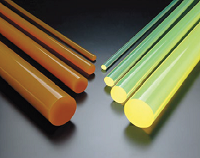
Round Rod
| Diameter(mm) | Length(m) | Grade(mm) |
|---|---|---|
| 10,15,20,25, 30,35,40,45,50, 60,70,80,90,100 |
1 | TR200-90 TR100-90 TR100-70 TR100-60 TR100-50 |
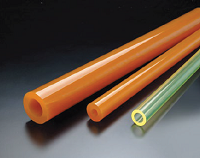
Pipe
| Outer Diameter(mm) | Innar Diameter(mm) | Length(mm) | Grade(mm) |
|---|---|---|---|
| 30,40,50, 60,70,80,100 |
10~60 | 0.5 | TR200-90 TR100-90 TR100-70 |
- ※Please consult us on grades and sizes other than listed above.
Ti-Prene Molded Products
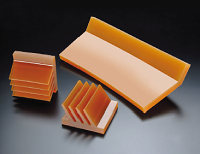
*Please contact us.
CONTACT
•These products should not be incinerated wherever possible because harmful gas to humans might be generated if they are immoderately burned. •The user is requested to confirm degree of discoloration and contamination by using sample in the case of use contacting with the other items. •The life of these products at actual use are greatly affected by condition of the use. The user is requested to confirm it by using sample in the case of use under severe condition.
Please check here to find out the environmental compliance of this product.
●These descriptions can be altered for a reason of improvement without any notification. ●These descriptions shall be as of November 1, 2021.
Related News

Industrial Valves for Chemical Plants, Oil Refineries, and Petroleum | Phuc Minh
17/09/2025
Phuc Minh Engineering – Trusted supplier of industrial valves for chemical plants, oil refineries, and petroleum systems. Genuine products with CO-CQ, competitive prices.
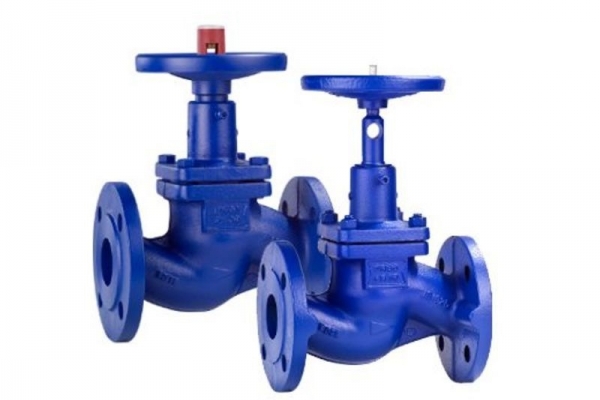
Applications of Industrial Valves in Steam and Boiler Systems
17/09/2025
The role of industrial valves in steam and boiler systems In factories using steam and boiler systems, safety control and energy efficiency are critical. Industrial valves play a vital role in:
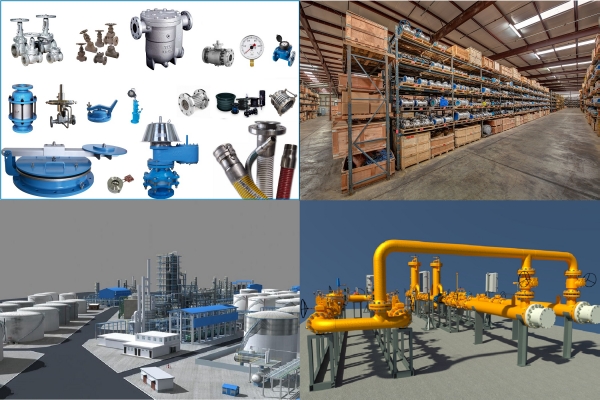
Industrial Valves – Effective Flow Control Solutions | Phuc Minh Engineering Co., Ltd.
17/09/2025
What is an industrial valve? Industrial valves are essential mechanical devices in piping systems, responsible for regulating, opening/closing, and controlling the flow and pressure of liquids, gases, or steam. They are widely applied in many industries:
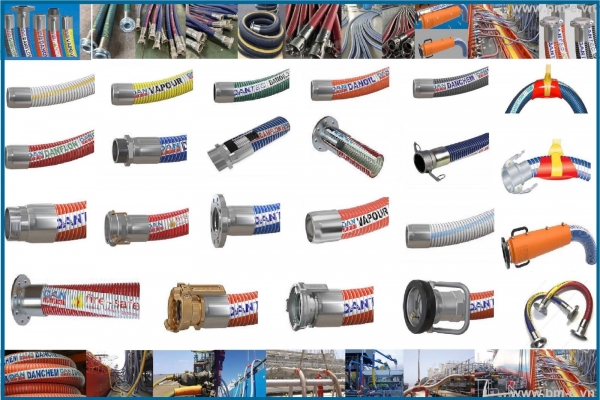
Composite Hose – Leading Anti-Corrosion, Chemical-Resistant Flexible Hose Solution in Vietnam
11/08/2025
High-quality imported composite hose, resistant to corrosion, chemicals, oils, and solvents. Available in Vietnam at competitive prices, full size range, and fast delivery.
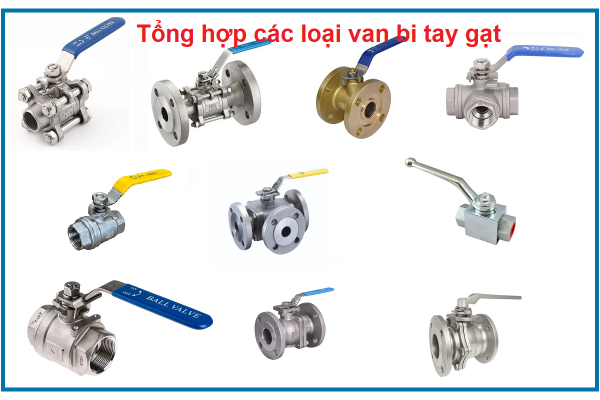
Comprehensive Valve and Process Control Solutions for Key Industries
16/07/2025
Water Treatment Industry – Scale and Challenges Water treatment is a vital sector, ensuring safe water supply for both residential and industrial use. As urbanization and industrialization accelerate, water treatment systems must meet increasingly stringent requirements: Ensure output water quality meets national and international standards. Maintain continuous, stable operation while minimizing unexpected downtime. Optimize energy efficiency and reduce operational and maintenance costs. Integrate monitoring and automation for enhanced remote control and management. Comply with strict environmental protection regulations and carbon emission reduction goals.







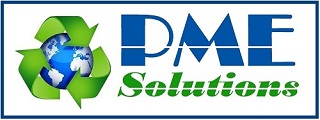

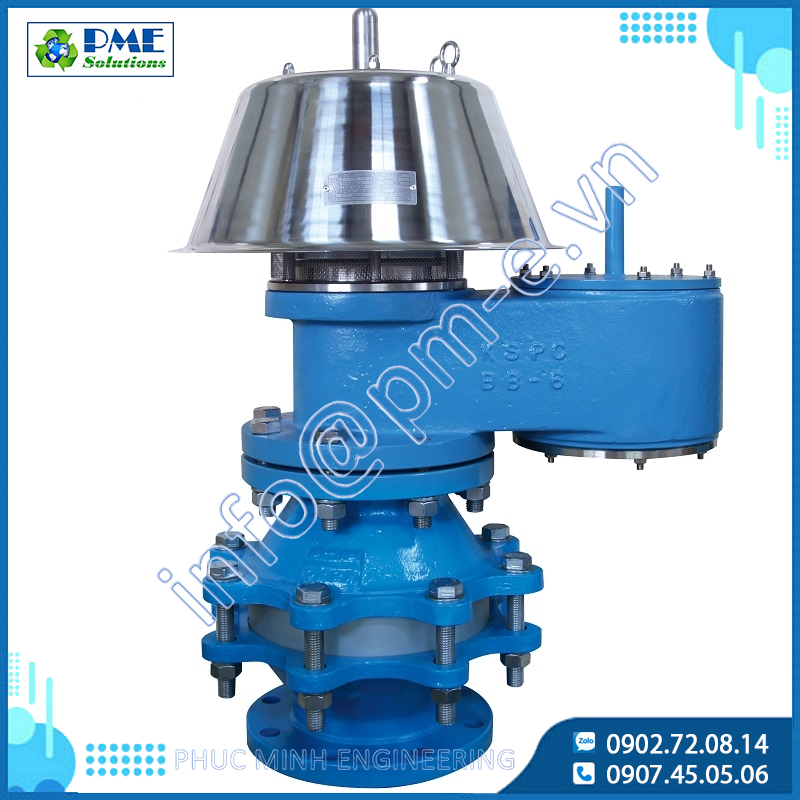

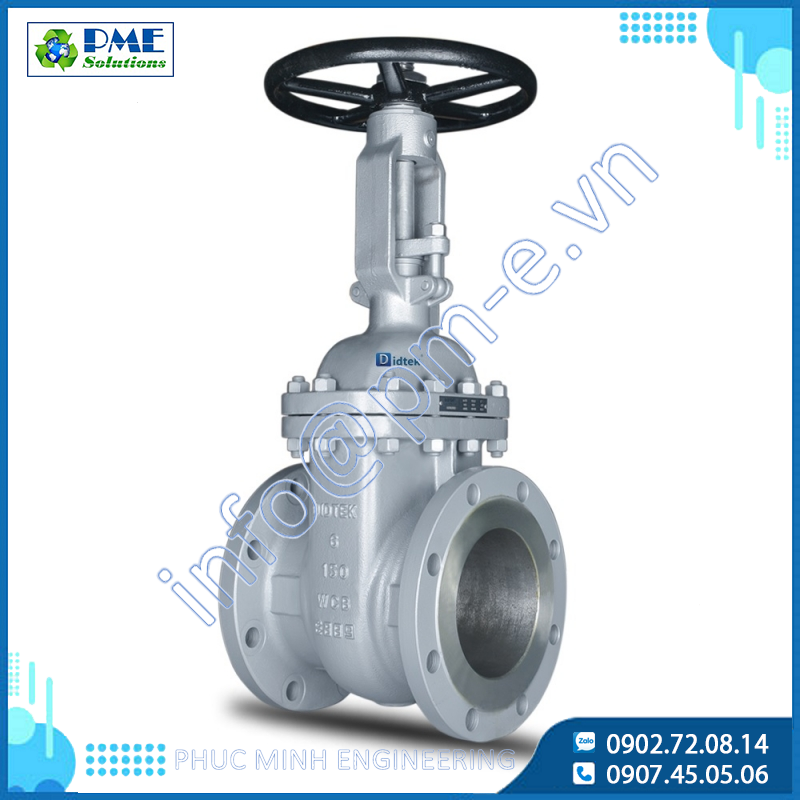

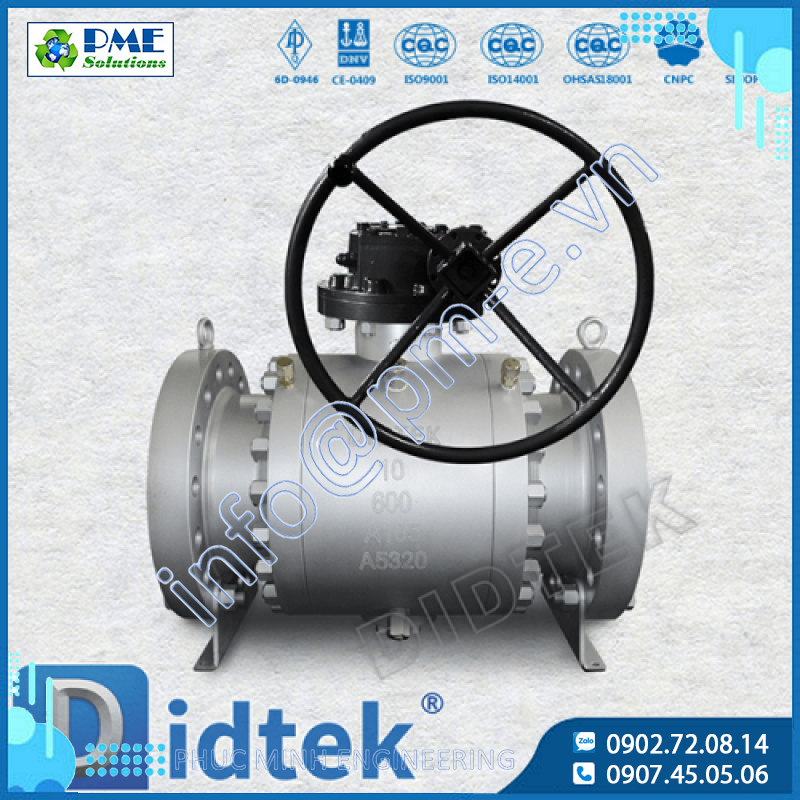
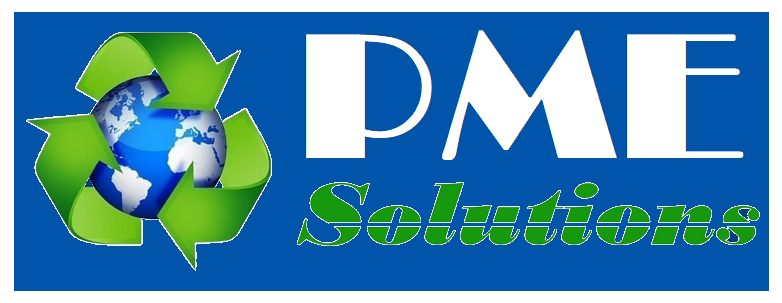

.png)





